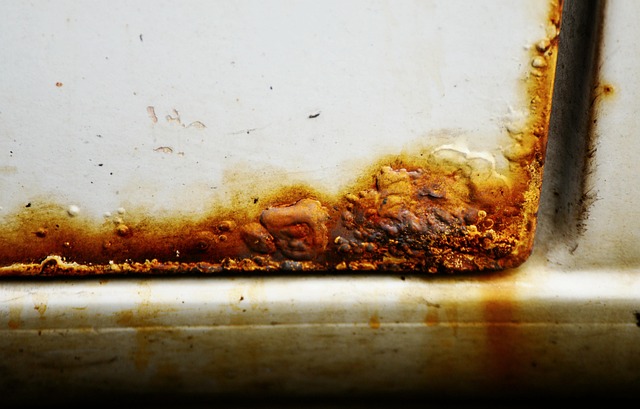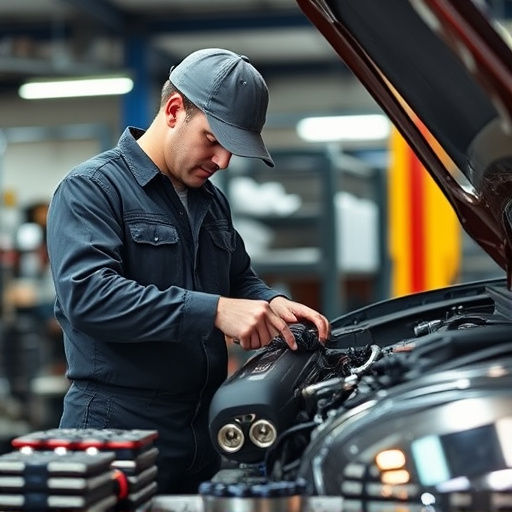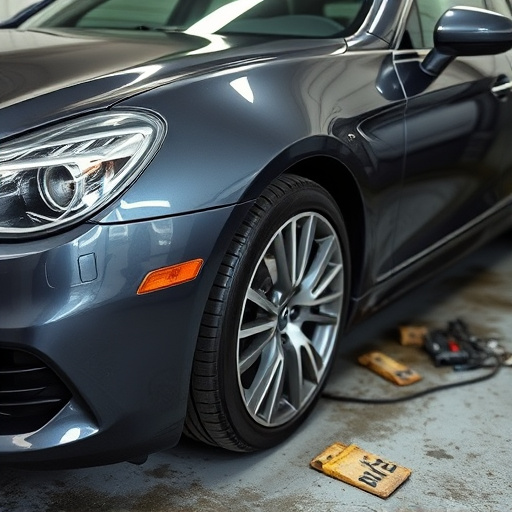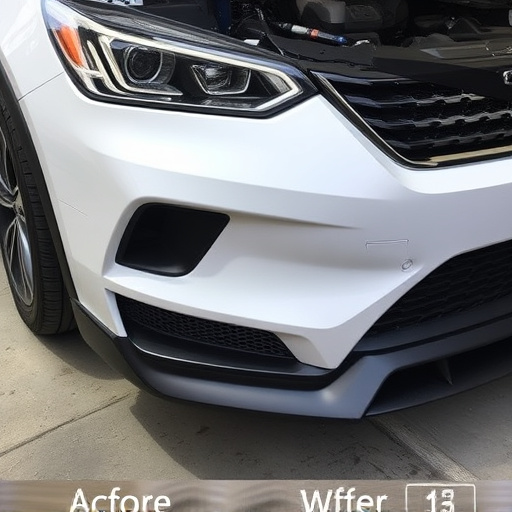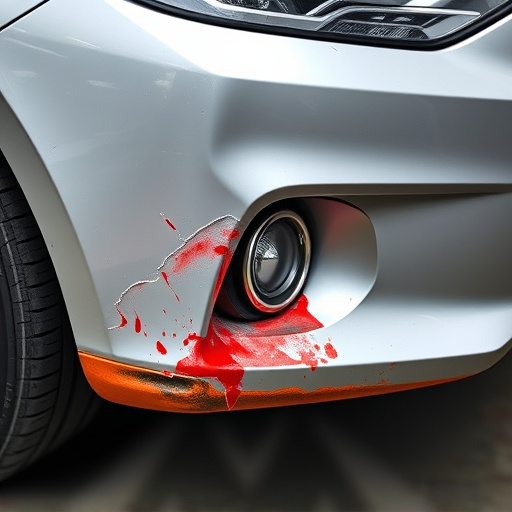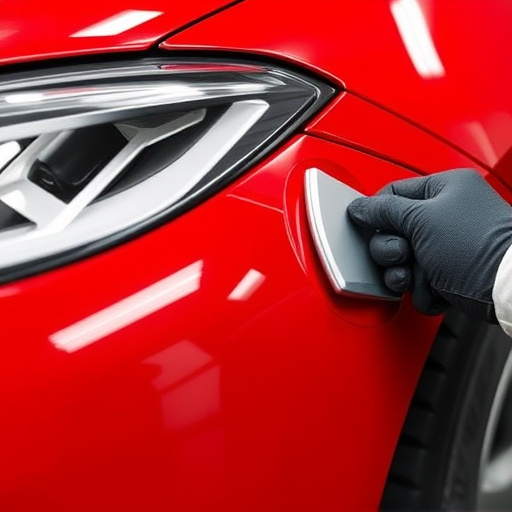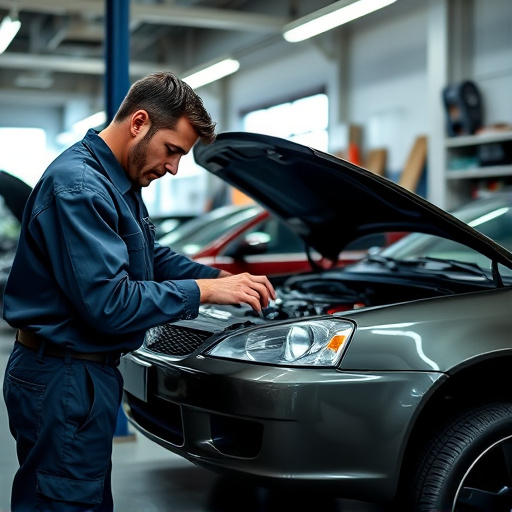Before a vehicle delivery inspection, gather essential docs like purchase records and warranty info. Meticulously inspect interior and exterior, including auto glass and body work. Verify functionality of all features and systems, record damages for repair or documentation. Ensure proper documentation for service history, ownership, insurance, and warranties. Detailed recording facilitates smooth handover and serves as a reference.
Ensuring a flawless vehicle delivery requires a systematic approach. This article outlines best practices for conducting comprehensive inspections, focusing on pre-delivery preparation, meticulous exterior and interior assessments, and proper documentation. By adhering to these guidelines, you can achieve accurate results, enhance customer satisfaction, and mitigate potential issues. From pre-inspection checks to detailed recording of findings, every step matters in delivering vehicles that meet the highest standards.
- Prepare for Comprehensive Inspection Pre-Delivery
- Conduct Detailed Exterior and Interior Assessment
- Verify Documentation and Record Accurate Findings
Prepare for Comprehensive Inspection Pre-Delivery
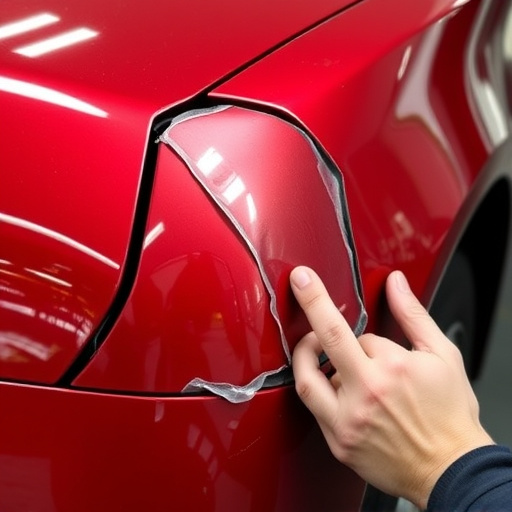
Before conducting a vehicle delivery inspection, comprehensive preparation is key to achieving accurate results. This involves gathering all necessary documentation, including purchase records, maintenance logs, and any relevant warranty information. Ensuring that every aspect of the vehicle is thoroughly inspected—from exterior and interior conditions to mechanical functionality and safety features—is imperative. A detailed pre-delivery checklist can help streamline this process, covering everything from checking tire pressure and fluid levels to verifying proper operation of lights and signals.
Additionally, it’s crucial to prepare the vehicle for inspection by addressing any outstanding maintenance or repairs, such as auto glass repair or body work in a collision center. This includes making sure all parts are in good working order, replacement items are installed correctly, and any visible damage is either repaired or documented. By taking these proactive steps, you can ensure that when the actual delivery inspection takes place, it will be a smooth and efficient process, resulting in accurate assessments of the vehicle’s condition.
Conduct Detailed Exterior and Interior Assessment
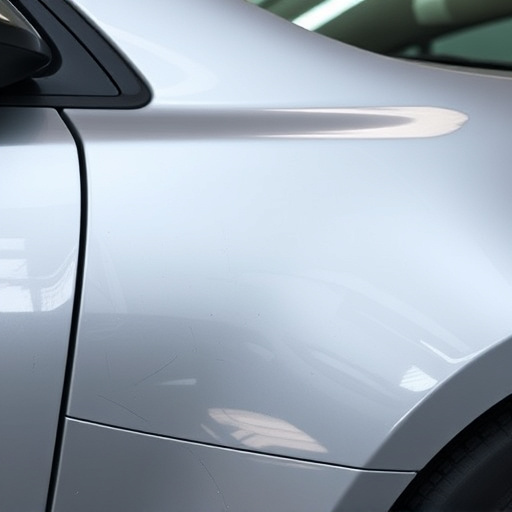
During a vehicle delivery inspection, conducting a thorough exterior and interior assessment is non-negotiable for ensuring accurate results. Begin by meticulously examining the car’s body for any signs of damage, including dents, scratches, or paint imperfections. Utilize a professional auto body shop’s expertise if extensive repairs are required, such as dent removal, to restore the vehicle’s original condition. Check all exterior features, like headlights, taillights, mirrors, and windows, to confirm proper functionality.
Move indoors to inspect the interior meticulously. Pay close attention to the upholstery, dashboards, and flooring for any tears, stains, or excessive wear. Ensure that all controls, including the steering wheel, gearshift, and buttons, operate smoothly and without issue. Verify the functionality of essential systems like climate control, infotainment, and safety features. A detailed interior assessment not only enhances the overall delivery experience but also guarantees the vehicle’s condition meets the customer’s expectations.
Verify Documentation and Record Accurate Findings
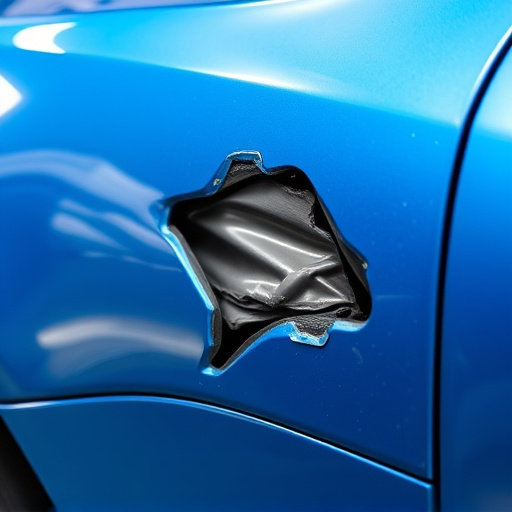
During a vehicle delivery inspection, verifying documentation is an essential step to ensure everything is in order. This includes checking the vehicle’s service history, ownership records, and any relevant insurance or warranty information. Accurate documentation not only confirms the vehicle’s condition but also provides valuable insights into its past maintenance and repairs. It allows for transparency between the buyer and seller, building trust in the delivery process.
Additionally, it’s crucial to record accurate findings during the inspection. This involves documenting any existing damages, wear and tear, or needed repairs, such as body shop services or auto maintenance tasks. Detailed records ensure that all issues are accounted for, facilitating a smooth handover. In case of vehicle collision repair, these records can also serve as a reference for insurance claims or future service work, ensuring no details are overlooked.
A meticulous vehicle delivery inspection, encompassing pre-inspection preparation, thorough exterior and interior assessments, and meticulous documentation, is vital for ensuring accurate results. By adhering to these best practices, you can foster a seamless handover process, boost customer satisfaction, and minimize post-delivery disputes. Remember, a comprehensive inspection is key to maintaining integrity in the vehicle delivery landscape.
